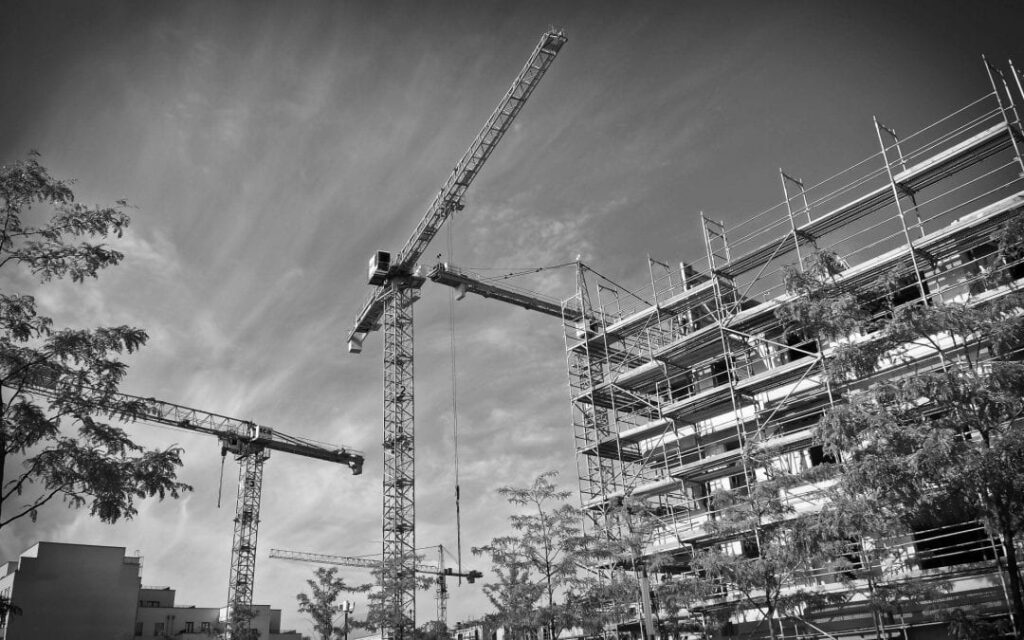Risk management is essential in the construction industry. The delays, loss of finances, and defaulting by the contractors can be very problematic to the project owners and the contractors. The construction bond is probably one of the best options to be employed in managing this risk and transferring it. These are legal documents of agreement to safeguard the interest of all the parties involved in a construction project and that the project is done as scheduled and the financial interests of all are taken care of. Construction bonds have four main categories and each is used to perform a particular purpose.
- Bid Bond
The initial kind of bond that is usually implicated in a construction project is a Bid Bond. It ensures that the contractor tendering a bid will abide by the conditions of their bid and in case of awarding the contract will sign the contract at the stated price. This bond safeguards the project owner during the bidding process because it makes sure that the contractor is financially capable and is serious about the project. In the case that a contractor who has won a bid does not go ahead with the contract, the difference between the winning bid and the lowest bid by the next contractor can be claimed against the bond by the project owner. The bond prevents unqualified or unserious contractors from participating in the bidding process by placing bids that they cannot comply with hence the bidding process is more reliable.
- Performance Bond
After the granting of a contract, a Performance Bond is provided to ensure that the contractor will deliver on a project as per the terms of the contract, such as quality and timelines. In cases involving roadwork or surface projects, a Paving Contractor Bond may also be required to specifically guarantee compliance and performance in paving-related contracts. If the contractor does not deliver, the project owner can claim against the bond to receive losses or he can get another contractor to do the job.
This bond assures project owners that their project will be done according to the schedule or that they will be compensated in case of any problems. It is particularly significant in the big or publicly funded construction activities where the stakes are high.
3. Payment Bond
The performance bond is closely connected with the Payment Bond which is frequently issued simultaneously. It makes sure that the contractor will pay all subcontractors, labourers and suppliers engaged in the project. This bond offers protection to workers who work under the main contractor particularly where the mechanics’ liens are not permitted like in the case of public projects. In case such parties are not paid by the contractor, they may claim against the payment bond. This covers assists in the smooth running of projects in that all parties involved are compensated accordingly.
4. Maintenance Bond
A Maintenance Bond or a warranty bond is issued after the project period. It ensures that the contractor will repair any defect of workmanship or materials that appear during a defined maintenance term, typically one or two years. This bond cushions against the project owner making extra costs because of problems that might arise after completion. In case the contractor does nothing to rectify the issues, the bond provides the solution of funds to carry out the necessary repairs.
Conclusion
All four major forms of construction bonds i.e. Bid, Performance, Payment, and Maintenance bonds have a specific goal in their protection of various phases of a construction project. And, together, they make a complete risk management plan, which is beneficial to the project owners, contractors, subcontractors, and suppliers. The awareness of such bonds is crucial to any person involved in the construction industry to provide transparency and accountability and financial security in the whole life cycle of the project.











